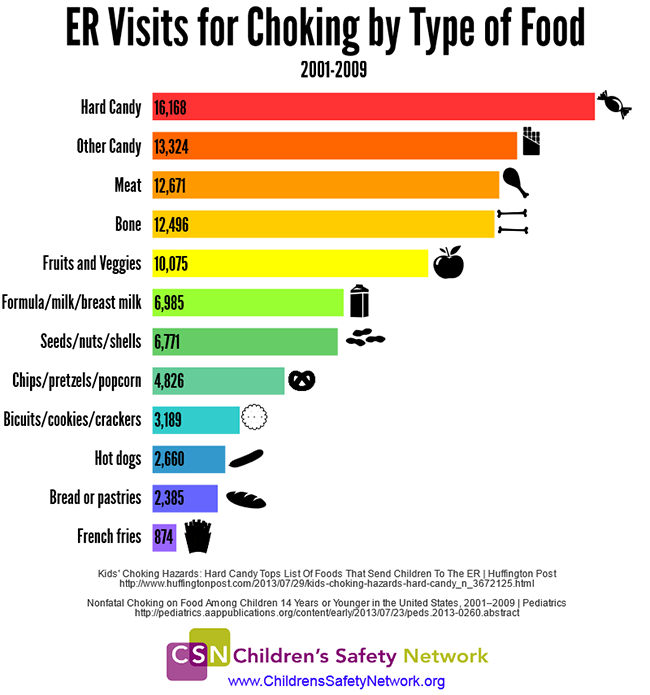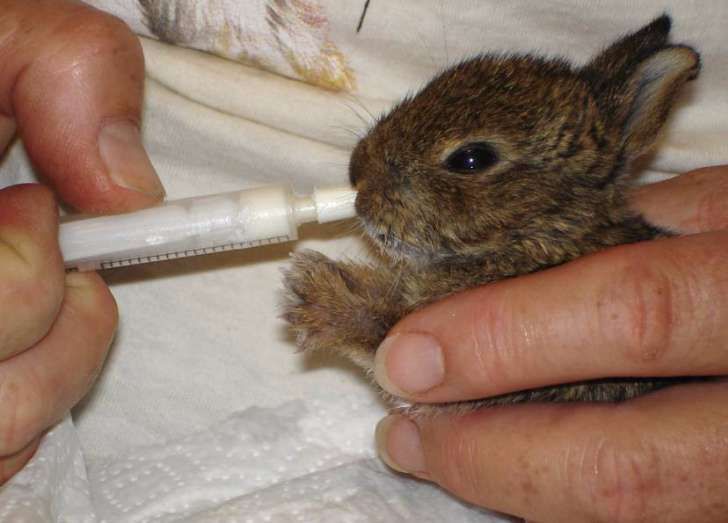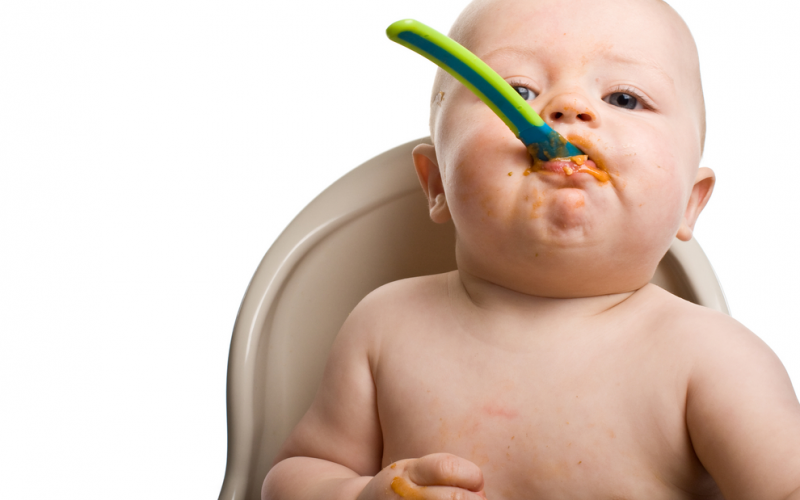Baby choking hazards food
Common Choking Hazards for Babies
If your child is having a health emergency, please call 911 or your emergency medical resource provider immediately.
A choking hazard is any object that could be caught in a child’s throat, blocking their airway and making it difficult or impossible to breathe.1
If you think your child is choking, call 911 or your emergency services number immediately. Do not wait. Brain damage or death can occur within 4 minutes of oxygen deprivation.2
We encourage you to learn about the differences between gagging vs. choking and to watch our course video on how to perform infant rescue.
Minimizing the Risk of Choking
We can talk all day about which foods are choking hazards and how to best prepare them to minimize the risk, but the reality is any food can cause choking, at any age, even when cut and prepared in the most developmentally appropriate and safe manner. This is why setting up a safe eating environment and understanding how babies swallow is key.
Swallowing is a complex reflex with multiple lines of defense built in to prevent choking. These actions happen reflexively, meaning we don’t have to think about them or do anything special to make them happen. There are three important lines of defense that we have with every single swallow.
1. Your vocal cords, which are like the front door to the airway, slide closed to keep food out
2. The breathing tube itself is pulled upward and forward to move it out of the way
3. The epiglottis, a tiny flap of cartilage, closes like another door over the larynx. The larynx is a space before the vocal cords. If the vocal cords are like the front door to the airway, you can think of the larynx like a front porch—so items can’t even get close to the front door (vocal cords) because the epiglottis closes off access to the porch.
And just like any good system, we have back up already built in, such as a strong cough response to push things back out in the event that something slips past all those doors. For more on this, check out our Gagging and Choking page.
For more on this, check out our Gagging and Choking page.
Here are additional tips to minimize choking risk:
1. Never place food in baby’s mouth with your fingers; set baby self feed when introducing finger food.
2. Never put your fingers in baby’s mouth.
3. Never let baby eat while moving. This includes crawling, walking, climbing, or any other movement.
4. Refrain from offering food in the stroller or carseat.
5. Ensure baby is in a completely upright, supportive seat and never feed baby in reclined chairs or carseats. See our high chair page for tips on modifying high chairs to make them safe for eating as well as how to feed baby if you don’t have a high chair.
6. Remove small non-food related objects from the table at all meals: condiment packets, bottle caps, and small toys can create a high risk situation while eating.
7. When baby is sick (cough, congestion, etc.) exercise caution and, if offering a meal, default to the least challenging food presentations.
8. Stay calm when baby is gagging and give their body a chance to work the food out independently.
9. Modify foods that are firm, round, and/or slippery so that they are no longer hard, no longer round, and no longer slippery. Cut round foods lengthwise in half, cook firm/hard foods until soft, and roll slippery foods in crushed cereal, finely ground nuts, or even leftover infant cereal to give the foods a bit more texture.
Top Choking Hazards
While a baby could even choke on milk, it’s important to avoid or modify foods that are common choking hazards. The below lists include foods identified as choking hazards by the U.S. CDC 3 as well as by the American Academy of Pediatrics.4
Choking is a leading cause of death among children and among these incidents is a recurring pattern of high-risk foods. Whether you are preparing food for a 6 month old or a four year old, be sure to know the foods that carry the highest risk. (An asterisk denotes foods that are not appropriate for babies in any form. )
)
- Apple (raw)
- Baby carrots
- Berries
- Bread with nut butters
- Candy*
- Canned fruit
- Carrots (raw)*
- Celery (raw)
- Cheese, especially string cheese and cubes
- Cherries
- Chickpeas
- Chips and snack foods*
- Cookies*
- Corn kernels
- Dried Fruit
- Fish with bones
- Granola bars*
- Grapes
- Hot dogs*
- Ice*
- Melon balls
- Peanuts
- Peas
- Pear (raw)
- Pretzels*
- Nuts and seeds (whole)
- Nut butters (chunks of)
- Oranges (if membrane is not removed)
- Pomegranate arils
- Popcorn*
- Marshmallow*
- Meat sticks (like those processed round sticks)*
- Raisins
- Raw vegetables
- Rice, barley and grains (whole kernel)
- Sausage
- Shrimp
- Tapioca beads (such as those in bubble tea)*
- Tomatoes (cherry and grape)
Modifying Foods to Lower Choking Risk
While there are foods on the above list that are not appropriate for babies in any form, there are many nutritious foods you can modify to make them safer for babies. For example, round foods like grapes and cherry tomatoes can be cut vertically into quarters; nuts can be finely ground and sprinkled on other food; nut butters can be thinned out with yogurt or applesauce. For detailed information on age-appropriate food shapes and sizes, check out our page on safe food sizes and shapes or our video on preparing food for babies.
For example, round foods like grapes and cherry tomatoes can be cut vertically into quarters; nuts can be finely ground and sprinkled on other food; nut butters can be thinned out with yogurt or applesauce. For detailed information on age-appropriate food shapes and sizes, check out our page on safe food sizes and shapes or our video on preparing food for babies.
Recommended Guide: 25 Foods Never To Feed Your Baby
What do I do when food gets stuck to the roof of baby’s mouth?
Many foods that are commonly introduced early are mushy and sticky, like avocado and banana. Baby is still learning how to move food around in the mouth, how to use their tongue in a coordinated way to move food to the side for chewing instead of the center of the tongue for sucking, so it’s common for food to end up stuck to the roof of the mouth. This can be very uncomfortable for baby, and many times, will lead to intense gagging that may cause baby to vomit, which will clear the food from the palate.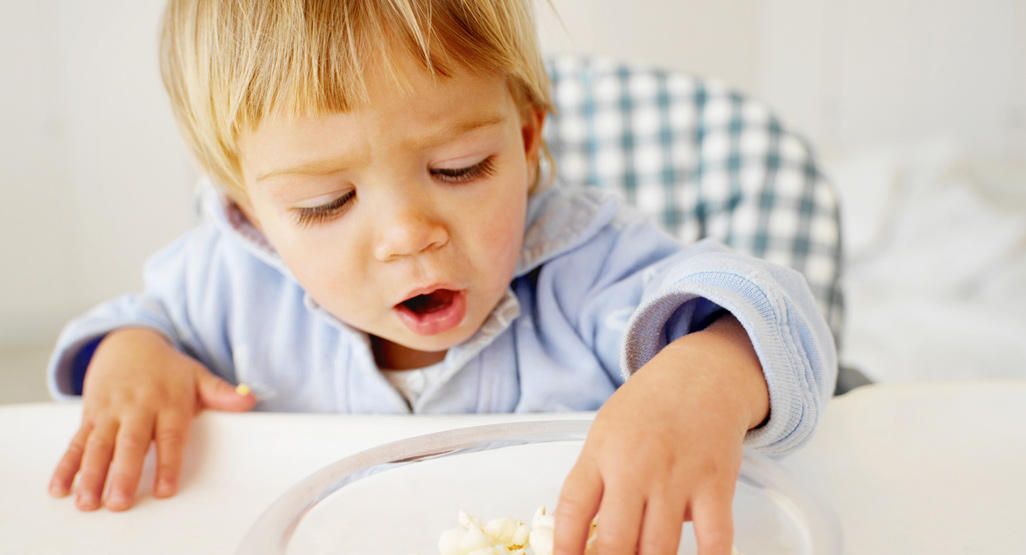 Unfortunately, it is quite challenging for a young baby to clear this on their own without gagging and/or throwing up.
Unfortunately, it is quite challenging for a young baby to clear this on their own without gagging and/or throwing up.
Food getting stick to the roof of baby’s mouth can be especially common and problematic for babies with a high arched palate. They can get stuck in this phase (of food getting stuck and then intense gagging and vomiting) for much longer than other babies because the pallet provides a perfect little nook for food to get trapped in. If this is the case for your baby or you feel like this happens frequently, or you’ve been working on this for a while with no progress, it is worth talking with your doctor and seeking out a feeding therapy evaluation.
What to do:
Start by offering your baby the wrong end of a silicone spoon to bite and suck. A silicone infant spoon that baby holds and munches on can help baby generate more saliva, which will start to slowly break down the item, or it might help dislodge the food either by physically moving it or by helping your baby generate enough suck pressure against the spoon handle to move the food. They may end up sucking the food back and swallowing it.
They may end up sucking the food back and swallowing it.
If the spoon doesn’t work, offer a very small sip of water. This would be a tiny sip to help add a little bit more liquid inside the mouth which could help reduce the stickiness of the bite and loosen it from the pallet. Try to avoid a large cup of water which would just wash the item into the throat—as now the baby would have to manage both the bite as well as a mouth full of liquid.
If neither of those strategies work, this may be an instance where you have to help dislodge the food. While we generally do not advise putting a finger into babies mouth because this can increase the risk that that food will be pushed back in the babies airway this is one instance where you might not have another choice. First and foremost, keep yourself calm and confident looking. This may feel scary to baby and if you look terrified you are confirming that something is really wrong. Try to keep a soothing demeanor which can help baby trust that you know what you’re doing and that everything is okay. Kneel next to baby so they are looking down. Try to coax baby to open their mouth so you have a clear idea of where the food is in baby’s mouth, or if there are other pieces in there besides what is stuck to the palate. Starting on the side where the upper and lower lip come together, place one finger in baby’s mouth and run your finger along their cheek. Then sweep your finger up and across the palate and to the front to dislodge the sticky food. The motion of the finger should be forward and out.
Kneel next to baby so they are looking down. Try to coax baby to open their mouth so you have a clear idea of where the food is in baby’s mouth, or if there are other pieces in there besides what is stuck to the palate. Starting on the side where the upper and lower lip come together, place one finger in baby’s mouth and run your finger along their cheek. Then sweep your finger up and across the palate and to the front to dislodge the sticky food. The motion of the finger should be forward and out.
In the future, slightly mash these stickier food items for a while as baby is building their chewing skills. Consider serving these stickier foods on an infant spoon or a food teether such as a mango pit, a pineapple core, or a sparerib so that baby has something firm they can bite and suck against right from the start, which will trigger their chewing reflex and their tongue lateralization reflex. Those resistive foods act as teethers and can help to map the mouth making it more likely over time that baby will know how to move the food around within their mouth and less likely that your baby will lose track of food into their pallet.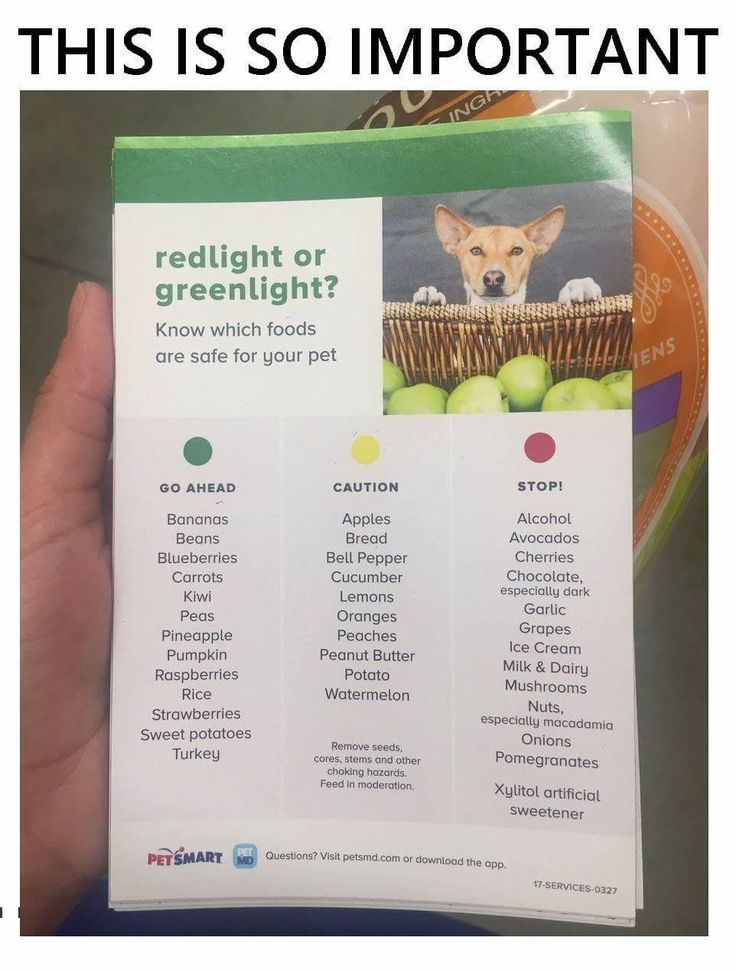
The opinions, advice, suggestions and information presented in this article are for informational purposes only and are not a substitute for professional advice from or consultation with a pediatric medical or health professional, nutritionist, or expert in feeding and eating. Never disregard professional medical advice or delay in seeking it because of something you have read or seen here.
- Nationwide Children’s Hospital, Family Resources & Education, Choking Hazard Safety. (Website) Retrieved July 10, 2020.
- Nationwide Children’s Hospital, Family Resources & Education, Choking Hazard Safety. (Website) Retrieved July 10, 2020.
- United States Centers for Disease Control and Protection, Choking Hazards https://www.cdc.gov/nutrition/infantandtoddlernutrition/foods-and-drinks/choking-hazards.html
- American Academy of Pediatrics, Prevention of Choking https://www.cdc.gov/nutrition/infantandtoddlernutrition/foods-and-drinks/choking-hazards.
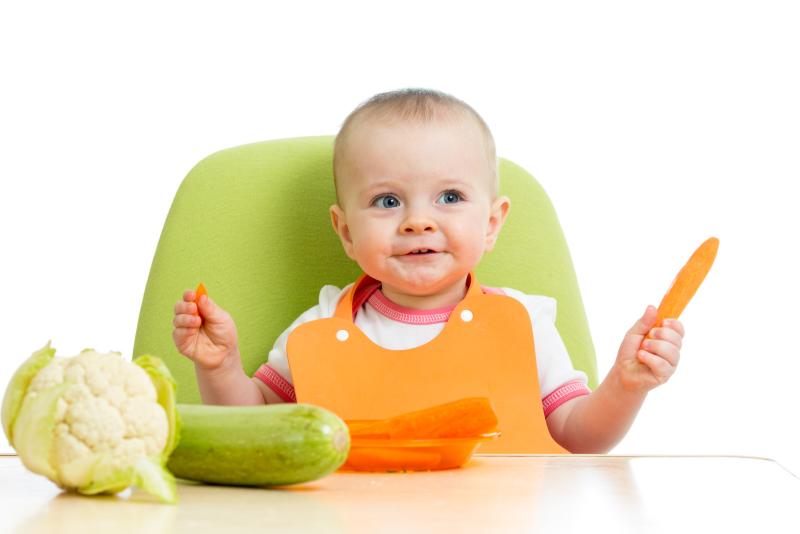 html
html
How to Prevent Toddler Choking + Food Choking Hazards
While I usually recommend relaxing about what we feed our kids, it is important to pay attention to the foods that can be choking hazards for toddlers—and how to prevent toddler choking at meals and snacks.
How to Prevent Toddler Choking
We did baby-led weaning in our house, so I was always pretty comfortable with letting my girls try new foods. That said, it was clear to me from the start that there are some textures and foods that are just plain tricky for little kids to handle. And then when my oldest was three, she got a small piece of tortilla chip stuck in her throat because she didn’t chew it well. She didn’t choke per say, but she was wildly uncomfortable and scared—and that was all I needed to be much stricter about choking hazards for toddlers.
TIP: Get a discount to an infant CPR course in my free Resource Library.
Foods that May be Choking Hazards for Toddlers
Here’s a run down of the common foods that are potentially problematic for little kids, but that can often be served in safer ways. These are the ones I pay most attention to for kids under 4, though do keep in mind the chewing ability and tendencies of your own child when serving any other foods.
These are the ones I pay most attention to for kids under 4, though do keep in mind the chewing ability and tendencies of your own child when serving any other foods.
For example, if your toddler has a habit of stuffing a lot of food into their mouths, consider offering much smaller amounts of food at a time to help them learn to pace themselves.
1. Hot dogsThis food is round and could potentially get stuck in a throat when sliced and served in rounds. Be sure to chop into smaller pieces—at least cut each round slice in half and possibly in half again.
2. Whole nutsAlmonds, peanut, cashews, and more are hard to chew and can have sharp edges. Avoid them and opt for safer versions like nut or seed butter spread on lightly toasted bread or incorporated into a smoothie or oatmeal. Read more about how to safely serve nuts to little kids.
3. Whole grapesWhole grapes are another round food that has the potential to get stuck in a toddler’s throat, so slice them vertically in half or quarters (do quarters for very large ones) so that the pieces are long and skinny and easy to chew.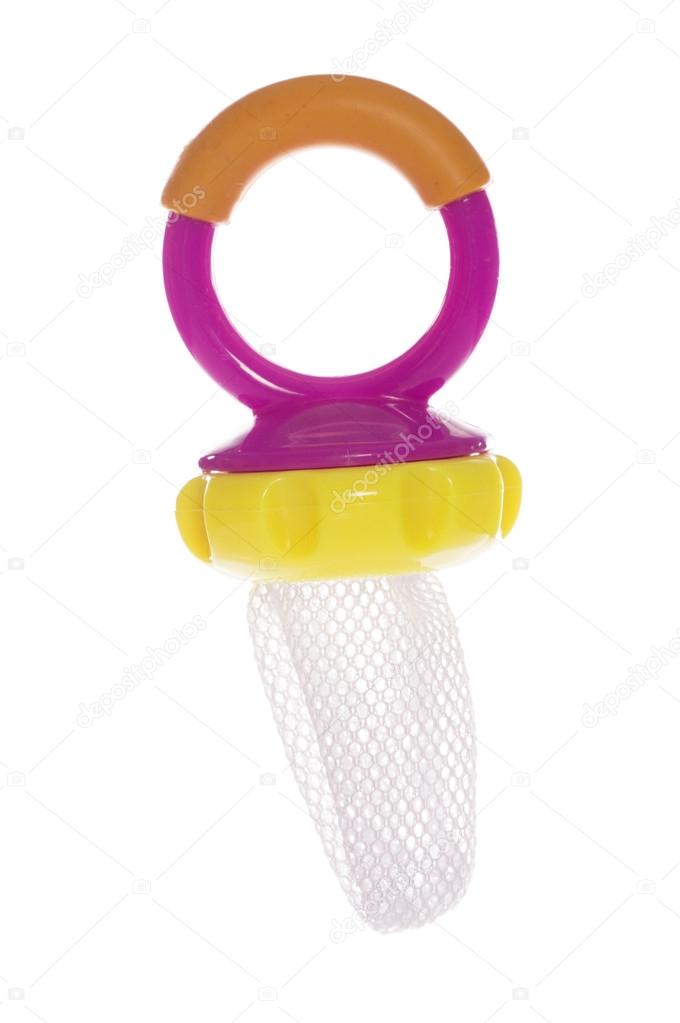
Kernels of popcorn can be difficult to chew completely and it’s very dry, both of which make it hard to chew and swallow effectively. Rice cakes or puffed popcorn cakes can be better options for older toddlers who enjoy crunch. Read more about when kids can have popcorn.
5. Crunchy snack foodsThis is one that you’ll need to use your judgement on, but for toddlers under two, I’ve seem some issues chewing foods that can have hard edges like pretzels and some crackers. Opt for softer versions of these when you can and when in doubt, chew one yourself first. I suggest holding off on tortilla chips until 4 if possible too based on my own experience. (Both of my girls got one stuck in their throats at age 3, which turned out to be okay but was very, very uncomfortable and scary for them.)
6. Sticky and hard foods (like candy and gum)Gummy candy, some gummy vitamins, taffy, gum and the like are really hard to chew and should be avoided. Also avoid hard candies that are meant to be sucked on as little kids can’t quite grasp that concept and can swallow them whole. You should also avoid straight spoonfuls of nut butter for younger toddlers (and babies) since they can sometimes be hard for toddlers to move around in their mouths.
Also avoid hard candies that are meant to be sucked on as little kids can’t quite grasp that concept and can swallow them whole. You should also avoid straight spoonfuls of nut butter for younger toddlers (and babies) since they can sometimes be hard for toddlers to move around in their mouths.
You can always thin it a little with water if your toddler likes nut butter from a spoon!
7. Raw vegetablesRaw veggies like carrot sticks, celery sticks, apple slices, cucumber slices, and other raw and harder produce can be really hard for little kids to chew. You can always shred them (try shredded carrots closer to 18 months or 2), choose softer varieties of apples (like Gala) and slice them super thin), or simply go with steamed or lightly cooked versions of these foods to be safe.
Peeling cucumbers can help too—try them in long sticks for younger toddlers to chew on and cubes for older toddlers. With the graphic above, start on the left and work towards the right as the kids get more comfortable chewing. (Find more about how to cut foods for toddlers.)
(Find more about how to cut foods for toddlers.)
Cubes or thin slices of steak, cubes of grilled chicken or turkey can be really hard to chew, even for adults. Try shredded or ground and cooked meat instead, or meatballs which are softer.
9. Chunks of cheeseI have two kids who love cheese so this is something I figured out early on. Opt for shredded cheese (this is great for babies!), crumbled cheese, or very, very small cubes about the size of a pea versus handing over a whole cheese stick to a one year old.
10. BreadUntil a child is over 1 and often until they’re closer to two, cubes or sticks of bread are easy to get stuck on the roof of their mouths. Try bread lightly toasted and in very small pieces. And cut foods like pancakes and muffins into small cubes too—and offer a drink with these foods.
How to Prevent Toddler Choking During Meals
These simple tips can help keep the kids safe at mealtime.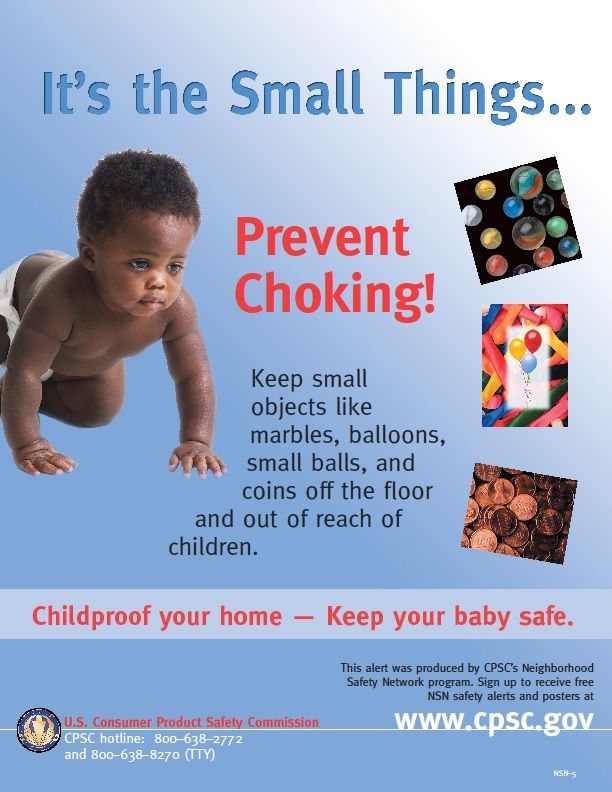
Not every meal may be a family meal, but toddlers still need your attention when they are eating—both so they can learn manners and proper table behavior, and so you are right there if they have trouble eating something.
2. Make them sit down to eat.Eating while sitting down is an easy way to lessen the likelihood of choking for kids of any age. So avoid feeding them while they are playing or running around as that will make it harder for them to have complete control over the food in their mouth.
3. Try a new food at home before sending it to daycare.Because you want to make sure they do okay with it first while you can pay close attention to them.
4. Consider skipping super crunchy foods until 3 or 4.Toddlers like to do everything fast, which means that they don’t always chew foods thoroughly. They also like to do everything that they see us grownups or their older siblings doing, so try to offer them alternatives if you have tortilla chips, very crunchy crackers, or popcorn on the table—or just save those foods for after bedtime or during nap. (We like Snap Pea Crisps as an alternative to crunchy chips!)
(We like Snap Pea Crisps as an alternative to crunchy chips!)
Having a drink of water nearby while the kids are eating can help ensure that they have the liquid they need to move food around in their mouths.
6. Follow your gut.If you’re worried about something like say, whole blueberries,, take the extra moment to serve it in a safer way. This doesn’t have to be an all consuming thing when feeding toddlers, but a few simple precautions can go a long way. How well kids do with certain foods can vary a lot from kid to kid, so pay attention to yours and adjust as needed.
Sources: Unity Point Health and Nationwide Children’s Hospital.
I’d love to hear any additional questions you have on this topic, so please comment below to ask or offer feedback!
What to do if a child chokes
It is impossible to control 100% of all the actions of the baby, therefore, cases when children get something into the respiratory tract or they choke on something often occur.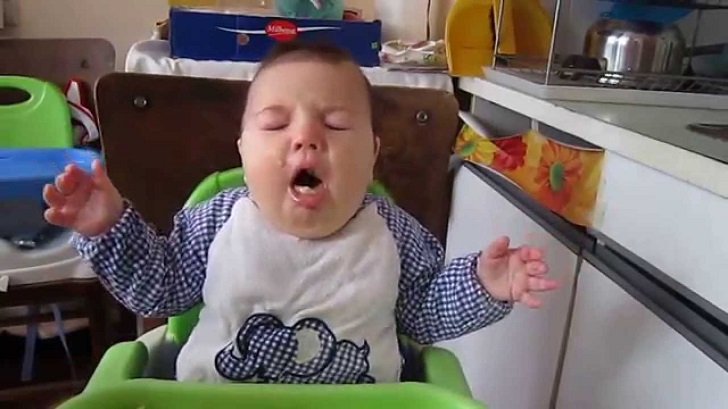 Most often, parents do not need to take any action, because. the child's body is able to independently get rid of a foreign object with the help of a cough. A sign that the airway is not blocked is that the child may cry and/or call for help. Then you just calm the baby and keep the situation under control.
Most often, parents do not need to take any action, because. the child's body is able to independently get rid of a foreign object with the help of a cough. A sign that the airway is not blocked is that the child may cry and/or call for help. Then you just calm the baby and keep the situation under control.
Signs that intervention is needed?
- eyes wide open in panic
- he cannot utter words, cry and scream, or does it quietly and wheezing
- there is increased salivation
- baby opens mouth wide
- skin turns red and then turns blue
- older children may hold their throats
- loss of consciousness
The first thing to do is to call an ambulance. It is advisable to have someone else do this so that you can immediately begin to provide first aid.
First aid for children under one year old
As a rule, infants choke while eating or drinking due to incorrect posture.
Your possible actions:
1. Raise the baby's hands up. Despite its unusualness and simplicity, this method helps to normalize the breathing process by expanding the airways.
2. Put the child on your hand with your stomach down and make five pats between the shoulder blades with the edge of your palm.
3. In the case when the baby choked on a small object, it is necessary by the child's legs so that the head is down and also pat between the shoulder blades
4. Tilt the body of the child down, press on the root of the tongue, thereby causing vomiting.
5. If the baby choked on the liquid and began to cough, choke with a cough, breathe noisily, and also in case of a solid object getting stuck, it is necessary to turn it with its back to you, hug your hand while pressing it on the stomach area, tilt the child forward and pat on the back, as described in the first paragraph.
If there are no signs of improvement, lay him on his back so that his head is lower than his torso.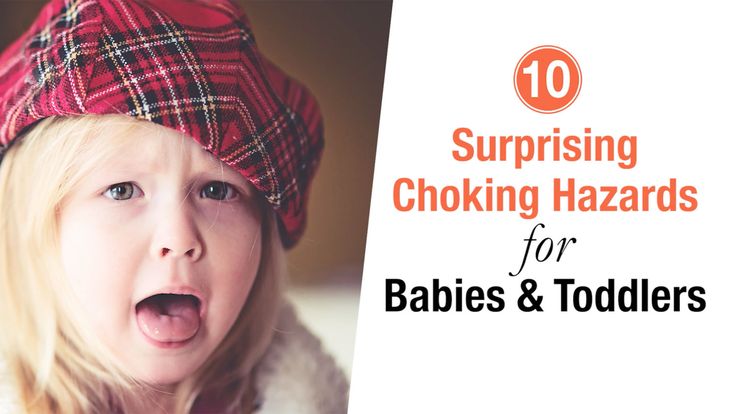 Place your middle and index fingers under your baby's breastbone. Do five pressures to a depth of 1-2 cm, making sure that after each of them the baby's sternum straightens without removing the fingers. You should alternate pressure and pats on the back until the doctors arrive. After each pop, check to see if the airway blockage has been cleared.
Place your middle and index fingers under your baby's breastbone. Do five pressures to a depth of 1-2 cm, making sure that after each of them the baby's sternum straightens without removing the fingers. You should alternate pressure and pats on the back until the doctors arrive. After each pop, check to see if the airway blockage has been cleared.
Attention! All pressing and patting should be gentle but sharp!
You can find on the Internet a recommendation to check the child's larynx with your finger and, if possible, remove the stuck object. Such advice is useful if the foreign object is something soft, such as cotton wool. In other cases, there is a great risk of aggravating the situation by accidentally moving the subject even further.
First aid for a child older than one year
Remain calm so as not to aggravate the child's panic.
You can use the above methods for older children as well. 5 point will differ by the posture of the child. See picture below:
See picture below:
Also for children aged from a year (in no case for children younger!) The Helmich method is effective. The sequence of your actions will be as follows:
- stand behind the baby, you can kneel if his height is still small
- clench the hand of one hand into a fist and place the thumb inside between the ribs and the navel of the child
- clasp the fist with the palm of the other hand
- spread your elbows to the sides and press on the child's stomach from the bottom up
- continue until the foreign object is out of the respiratory tract
If the child's breathing has stopped
If the child's breathing stops during removal of the foreign body and does not resume after removal, this may be the result of a spasm in the throat due to stress. Breathing resumption method:
- lay the child on its side on a flat hard surface
- tilt head back a little
- lift chin
If the attempt was unsuccessful, it is urgent to start performing artificial respiration and chest compressions. How to do this can be read, for example, here.
How to do this can be read, for example, here.
Even if you managed to solve the problem on your own, you should definitely consult a doctor to check if the baby has damaged the airways.
What should I do if my child chokes?
What to do if the baby is choking? Everyone needs to know this. And if this happened, it is dangerous to waste time, every second counts here. But let's start with what you don't need to do.
Useful and useless measures
The potential danger for the baby is often formed by his mother and father. Teeth are cut, and the baby strives to gnaw on all the objects that it can reach. What is the point of giving foreign objects to gnaw - it is much more logical to give the baby something edible, useful. For example, a piece of banana, apple or cucumber. This is the point of view of some parents. The child is under supervision - what can threaten him? But trouble can happen in the blink of an eye.
If at least the top of a milk tooth has hatched in a baby, he will certainly bite off at least a small crumb from the fruit.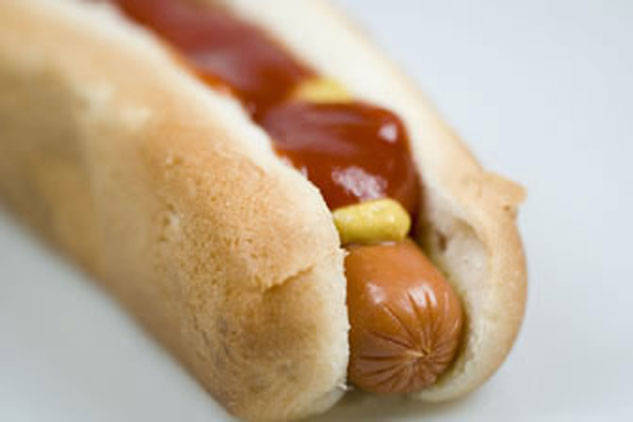 He was delighted, frightened, inhaled sharply - and now the fool choked on food.
He was delighted, frightened, inhaled sharply - and now the fool choked on food.
Slightly older babies can be harmed by small fragments of toys - because they need to taste everything. Yes, and during a normal meal, a child can form and make a voice, laugh, whimper - and choke. A typical situation is when an ordinary candy becomes the cause of such an incident.
- In other words, in no case do not neglect the age restrictions indicated on the toys;
- the baby should not touch things from which a small part or detail can be separated;
- as early as possible wean him to give voice during meals;
- do not let the baby play or fall asleep with candy in his mouth.
Despite any preventive measures, one should never relax and one must constantly be vigilant. If the baby choked and it became difficult for him to breathe, you can’t hesitate, we begin a set of urgent measures.
Procedure for choking a baby under one year of age:
- you should raise the handles up - thereby expanding the airways a little, it will become easier for the child to inhale and exhale;
- if breathing is not restored, we put the baby face in the palm, lifting his ass a little higher than his head.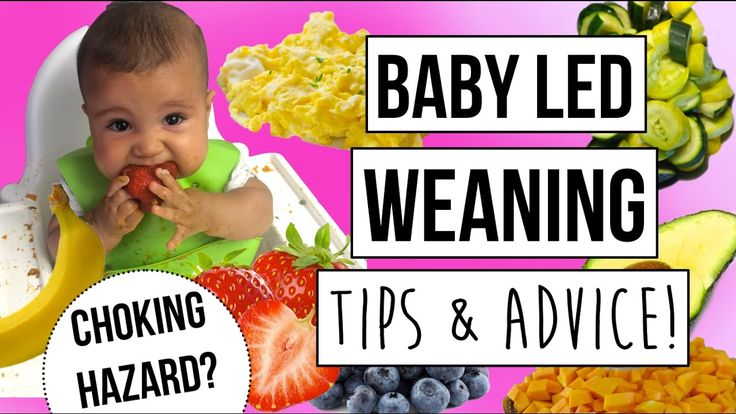 Slightly patting on the back, successively directing these claps from the pelvic region to the back of the head. Then the child needs to be turned over, and the butt is still above the level of his head, and lightly press on the sternum 4-6 times, trying to force the fluid out of the lungs. These techniques should be repeated until free breathing is fully restored.
Slightly patting on the back, successively directing these claps from the pelvic region to the back of the head. Then the child needs to be turned over, and the butt is still above the level of his head, and lightly press on the sternum 4-6 times, trying to force the fluid out of the lungs. These techniques should be repeated until free breathing is fully restored.
- if the reason that the baby choked was food, you should gently lift him up, holding his legs or stimulate the child to vomit by pressing a finger on the root section of his tongue.
If a foreign object is in the airways, preventing the child from crying and raising a voice, if he waves his arms and pulls in his tummy, immediately call the emergency medical service, before she arrives, you need to do this:
- When the liquid became the cause, the baby has a cough and shortness of breath, take the child with his back to you, hugging and pressing on the tummy near the stomach, tilting the baby, pat him on the back.
- If this does not work, put the baby on the back with his head below the body. Place your middle and index fingers under the baby's breastbone and apply pressure five times. Make sure your chest expands after each press.
- If the cause of the accident was a small solid object (bead, part from the designer), lay the child on his tummy over your arm, placing his head below the torso. With the palm of your other hand, lightly tap on the back. You can also lift the child by the legs to also pat on the back.
- Combine the above techniques, controlling whether the foreign object came out. If you did everything right and this object appeared in your mouth, carefully remove it from there.
- If these techniques do not give the desired result, artificial respiration should be started. For babies up to 8 months of age, it is done immediately both in the nose and in the mouth. Here you do not need to tilt your head back, just slightly raise the child's chin.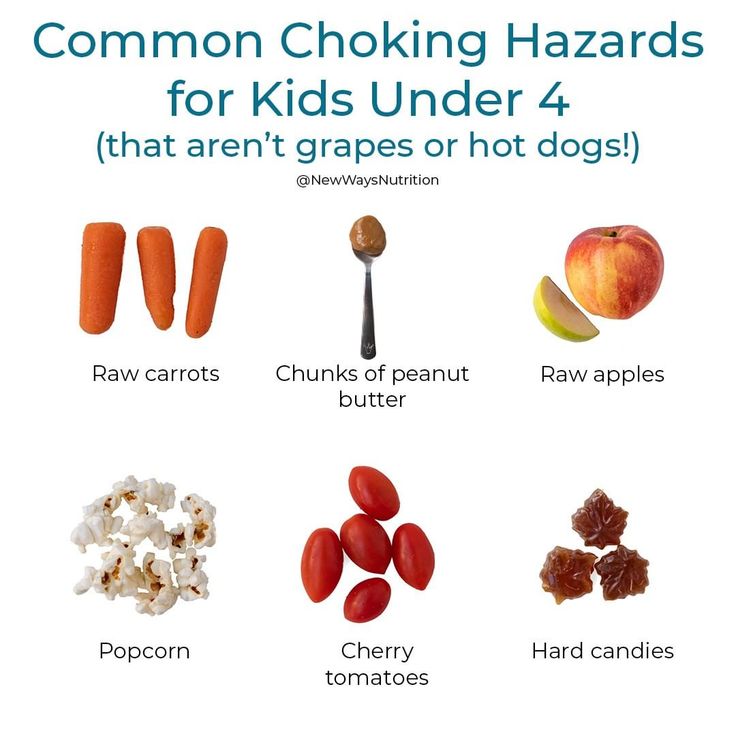
Exhale 3-5 times and make sure the baby's chest expands. If this happens, then the baby can breathe. Take a few more breaths to help the child return to a normal breathing rhythm.
All movements must be done in no way abruptly, without effort. Overdone, you can injure the baby and harm him even more.
What NOT to do when the baby is choking
If this happens, then the most important thing is not to lose your cool and determine whether you need to call emergency medical care. Mom's commotion will frighten the child much more.
For example, choking, the baby retains the ability to breathe in and out. He cries, screams. In this case, you do not need to tap him on the back: let him clear his throat, after which the child needs to be reassured.
If a foreign object is in the airways, it is strictly forbidden to pat the child on the back when he is in a vertical position. In this case, it can be harmed by involuntarily pushing a foreign object much deeper.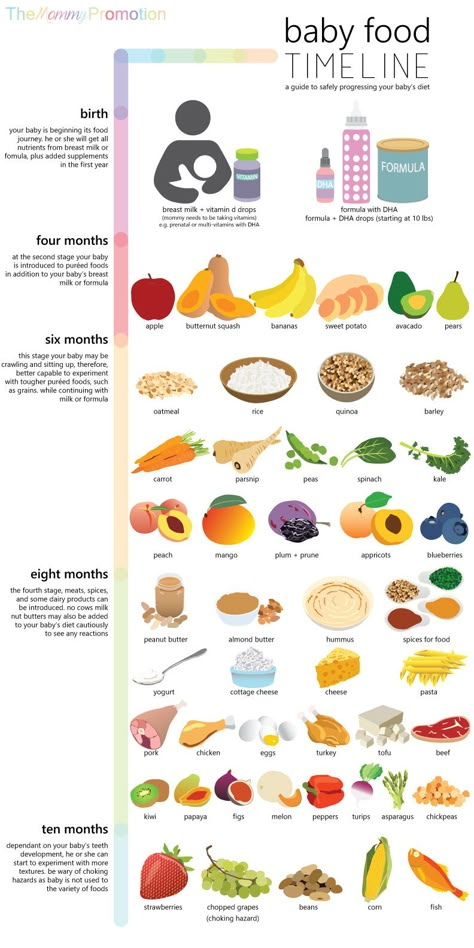 In such a situation, it is necessary to tilt the head and body of the baby.
In such a situation, it is necessary to tilt the head and body of the baby.
Remember the strict requirement: in any case, do not try to remove the stuck object on your own! You can make the child much worse, and his breathing can be completely blocked. In this case, you need to call the "ambulance".
Measures to help babies over one year of age
You need to start with one thing: no panic! One-year-old children and older are already well aware and perceive the emotions of their parents. And with your unbridled panic, you can alarm the child too much.
In essence, the measures of immediate assistance to infants of this age category approximately coincide with the methods of assistance to infants. If a foreign object or food crumbs gets into the larynx, lift the baby, firmly grasping the legs, or stimulate his gag reflex. However, in most cases, the child manages to cough without outside help.
But if the situation turned out to be more complicated and the above measures did not give the desired result, then the procedure is as follows.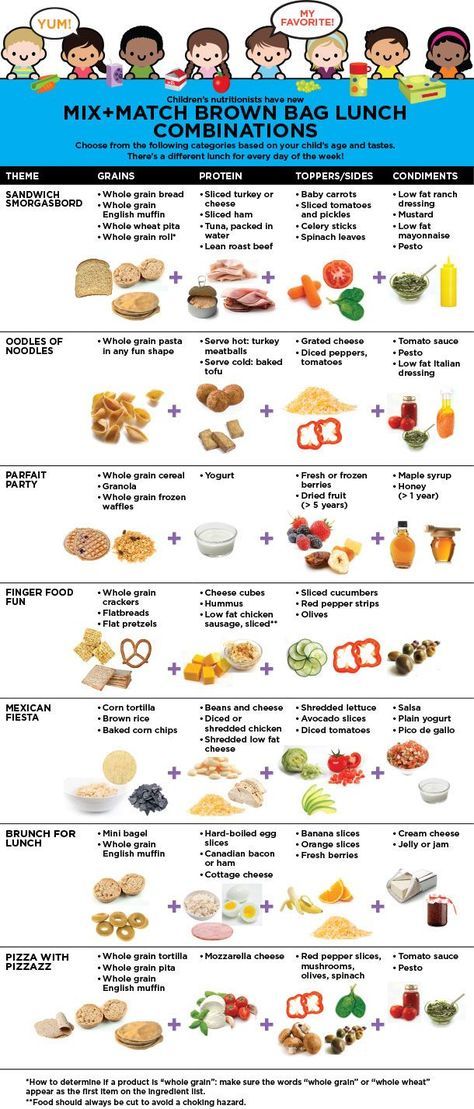 You need to put the baby face up on the crib. Press under the ribs into the upper abdomen, pushing up slightly, repeat several times. These movements stimulate the movement of a foreign object back into the oral cavity.
You need to put the baby face up on the crib. Press under the ribs into the upper abdomen, pushing up slightly, repeat several times. These movements stimulate the movement of a foreign object back into the oral cavity.
Often another method is used. The child is in front of you, with his back to you. Place your palm on his chest so that the baby rests on your arm. His body should be slightly tilted forward. With the other hand, tap on the back between the shoulder blades 4-5 times.
In the event that a foreign object has become the cause of the accident, it is also recommended to use the direct aid method for suffocation, developed by the American surgeon Henry Heimlich. This technique includes two different ways of helping, depending on whether the patient is conscious or not.
First way
Standing behind, clench your right hand into a fist, on top - the left. Press vigorously with the fist of your right hand on the area under the ribs above the navel, directing the movement from the bottom up, towards the sternum, while the arms are bent at the elbows. Continue until then. Until the subject exits and breathes back. This method is suitable for babies from the age of one.
Continue until then. Until the subject exits and breathes back. This method is suitable for babies from the age of one.
Second way
Lay the child face up and place the hands in the same way as in the first example. With vigorous movements, push up towards the diaphragm until the victim resumes independent inhalations and exhalations. If these efforts fail, artificial respiration and chest compressions may be needed.
These exercises should be done until the foreign object returns to the oral cavity. This method does not apply to babies under 1 year old.
Baby is choking and not breathing: what to do
When the child chokes, it is likely that breathing stops due to spasms in the larynx. The most common cause of them is a stressful situation for the child.
The order of urgent action in such a situation is as follows:
- you need to lay the child sideways on the table;
- slightly tilt your head back;
- slightly raise your head by the chin.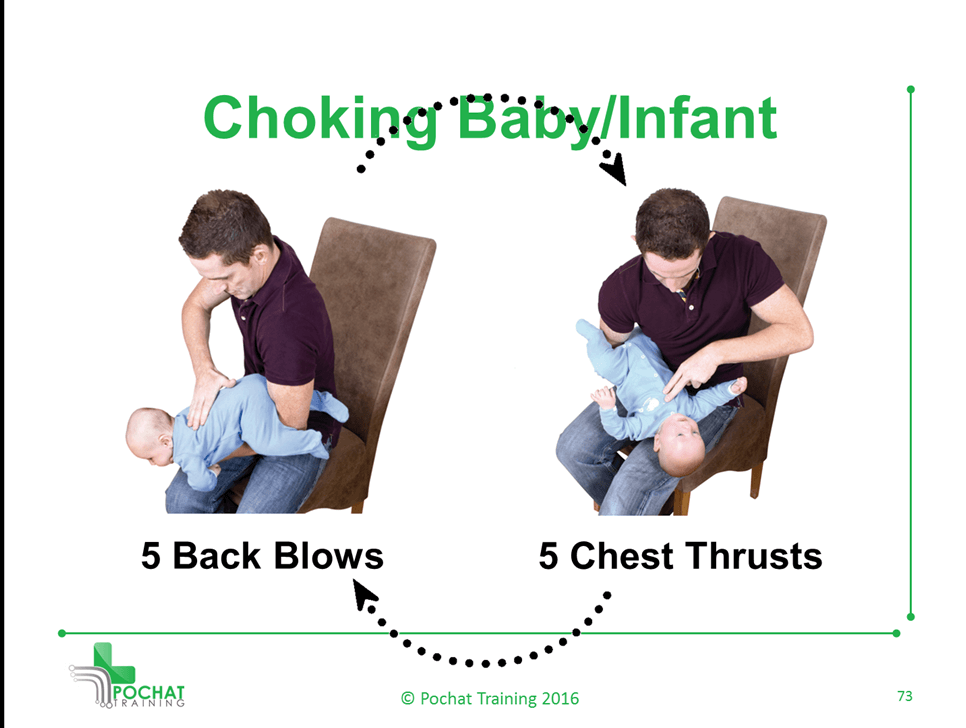
If breathing is not restored, begin artificial respiration immediately:
- in the same way, put the baby on the table;
- take the head back and open your mouth;
- make sure there are no foreign objects in the oral cavity;
- exhale into the child's mouth for a long time;
- repeat 3-4 times. If the chest expands, then you have achieved the desired result, the air enters the lungs of the child. If the baby's chest is immobile, then take urgent measures to eliminate obstructions to breathing;
- after this, we place one palm on top of the other on the child's chest and press sharply - the chest should straighten out each time;
- alternate this massage and exhalation into the mouth at least 16 times.
What to do when the baby chokes
This can happen in various circumstances: bathing in a bathtub, splashing in a summer inflatable pool or in a pond, falling into a pond, or accidentally inhaling liquid while drinking.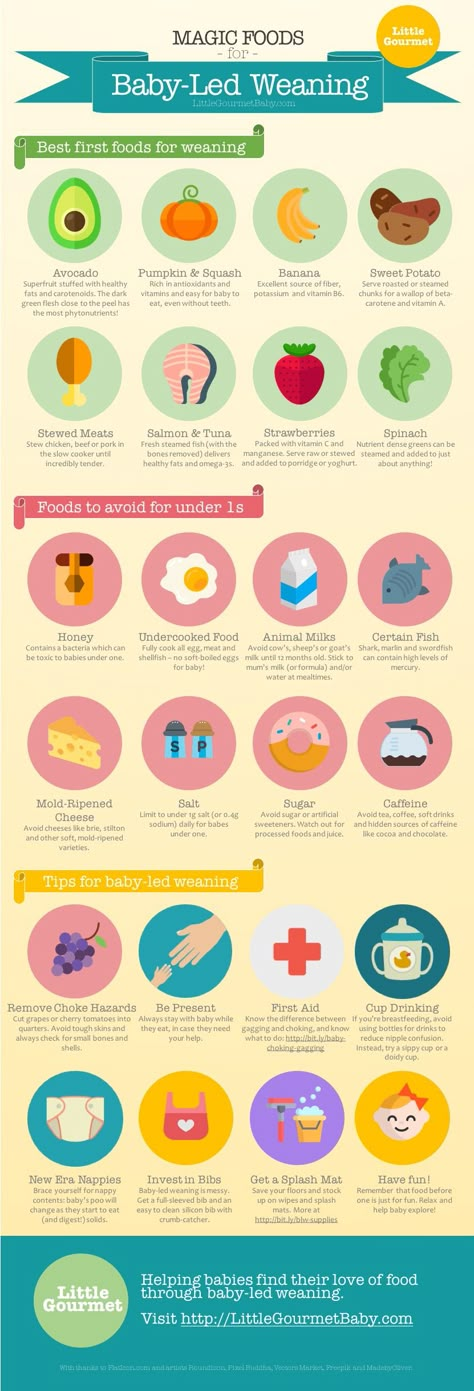 Measures to save a choked baby must also be taken as quickly as possible:
Measures to save a choked baby must also be taken as quickly as possible:
- Place the baby on your thigh prone, lowering his head below the body, and press on his back. By doing this, you will help eliminate water from his respiratory tract.
- Make sure that there are no foreign objects or vomit in the child's mouth.
- Following this, it is necessary to take measures, according to the basic requirements:
- Respiratory patency should be achieved. The baby lies prone, his neck is not bent, the lower jaw is advanced, the tip of the tongue is retracted. We massage the heart, do artificial respiration.
If we do everything as it should be, then we observe the rhythmic movement of the breathing baby's chest. If these regular movements are absent, but the abdomen is swollen, then breathing does not occur.
For every couple of exhalations, press the chest 15 times. Toddlers up to one year of age should do these movements with two fingers, and only starting from a year old can you use your palm.